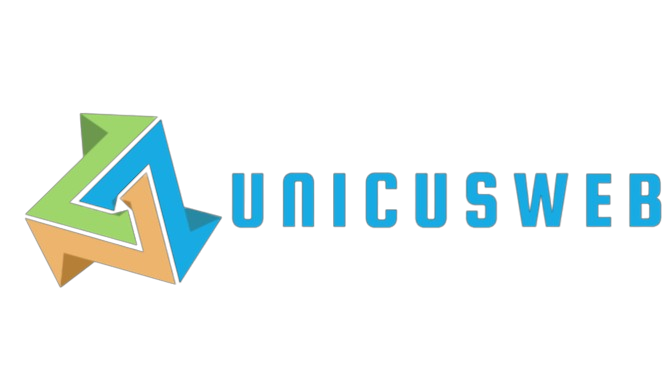In the dynamic and competitive landscape of the restaurant industry, efficiency and accuracy are paramount to success. One of the critical aspects of restaurant management is the billing system, which encompasses various functions such as processing transactions, managing customer information, and tracking sales and purchases. Traditional manual methods of billing are not only time-consuming but also prone to errors. To streamline operations and enhance productivity, many restaurants are turning to advanced restaurant billing software. In this article, we will explore how restaurant billing software ensures a well-managed billing system and facilitates smooth transactions.
Understanding Restaurant Billing Software
Restaurant billing software is a comprehensive solution designed to automate and streamline the billing process in restaurants. It integrates various functionalities, including point-of-sale (POS) systems, inventory management, customer relationship management (CRM), and accounting tools. This software aims to simplify operations, reduce errors, and improve overall efficiency.
Key Features of Restaurant Billing Software
Point-of-Sale (POS) Integration: Modern billing software often includes POS functionality, allowing servers to enter orders directly into the system. This integration enables real-time tracking of orders, automatic calculation of bills, and seamless processing of payments.
Inventory Management: Effective inventory management is essential for restaurants to control costs and optimize stock levels. Billing software typically includes features for inventory tracking, stock alerts, and supplier management, ensuring that ingredients are always available when needed.
Customer Relationship Management (CRM): Maintaining a database of customer information is vital for personalized service and targeted marketing efforts. Restaurant billing software stores customer data such as contact details, order history, and preferences, enabling restaurants to provide tailored experiences and loyalty rewards.
Sales and Purchase Reporting: Comprehensive reporting tools provide insights into sales performance, popular menu items, and revenue trends. Additionally, the software can generate reports on purchase orders, vendor payments, and expenses, helping restaurant owners make informed business decisions.
Integration with Online Ordering Platforms: With the rise of online food delivery services, restaurant billing software often integrates with third-party delivery platforms. This integration streamlines order management, reduces errors, and enhances the overall customer experience.
Benefits of Restaurant Billing Software
Increased Efficiency: By automating manual tasks and streamlining processes, billing software saves time for restaurant staff and minimizes errors. Orders can be processed quickly, bills can be generated accurately, and payments can be accepted seamlessly.
Improved Accuracy: Manual billing methods are prone to errors such as miscalculations and misplaced orders. Restaurant billing software eliminates these errors by automating calculations and centralizing order management, ensuring that bills are accurate every time.
Enhanced Customer Experience: With access to customer data and preferences, restaurants can offer personalized service and targeted promotions. By leveraging CRM features, billing software helps build customer loyalty and fosters long-term relationships.
Better Financial Management: Advanced reporting tools provide valuable insights into sales performance, inventory levels, and expenses. This data allows restaurant owners to identify cost-saving opportunities, optimize pricing strategies, and maximize profitability.
Scalability: Whether managing a single location or a multi-chain restaurant empire, billing software can scale to accommodate growing business needs. Additional features and modules can be added as required, ensuring flexibility and adaptability.
Implementation and Integration Considerations
User Training: Proper training is essential to ensure that restaurant staff can effectively use the billing software. Training sessions should cover all aspects of the system, from order entry to reporting functions.
Data Migration: When transitioning to a new billing software system, restaurants must ensure a smooth migration of existing data. This may involve transferring customer information, menu items, and transaction history from legacy systems to the new software.
Integration with Existing Systems: Restaurant billing software should seamlessly integrate with other systems such as accounting software, inventory management tools, and online ordering platforms. Compatibility and interoperability are crucial for optimizing efficiency across all aspects of restaurant operations.
Customization and Support: Choose billing software that offers customization options to tailor the system to specific business needs. Additionally, reliable technical support and regular software updates are essential for ongoing maintenance and optimization.
Case Studies: Success Stories
XYZ Restaurant: By implementing advanced billing software, XYZ Restaurant increased efficiency by 30% and reduced billing errors by 50%. With access to real-time sales data, the restaurant optimized menu offerings and improved overall profitability.
ABC Bistro: ABC Bistro integrated billing software with online ordering platforms, resulting in a 40% increase in online sales within the first year. The software’s CRM features enabled personalized marketing campaigns, driving customer engagement and loyalty.
Future Trends and Innovations
Mobile Payment Solutions: With the growing popularity of mobile payment options such as digital wallets and contactless payments, billing software is expected to incorporate more mobile-friendly features for enhanced convenience.
Artificial Intelligence (AI) and Machine Learning: AI-powered algorithms can analyze customer data to predict ordering patterns, optimize inventory levels, and recommend personalized menu items. As AI technology advances, billing software will become even more intelligent and predictive.
Blockchain Technology: Blockchain technology holds promise for enhancing security and transparency in restaurant transactions. Future billing software may leverage blockchain to securely record and validate financial transactions, reducing the risk of fraud and data breaches.
Conclusion
Restaurant billing software plays a crucial role in ensuring a well-managed billing system and facilitating smooth transactions. By automating processes, improving accuracy, and providing valuable insights, this software empowers restaurants to streamline operations, enhance customer experiences, and drive profitability. As technology continues to evolve, the future of restaurant billing software holds exciting possibilities for innovation and growth in the hospitality industry.







